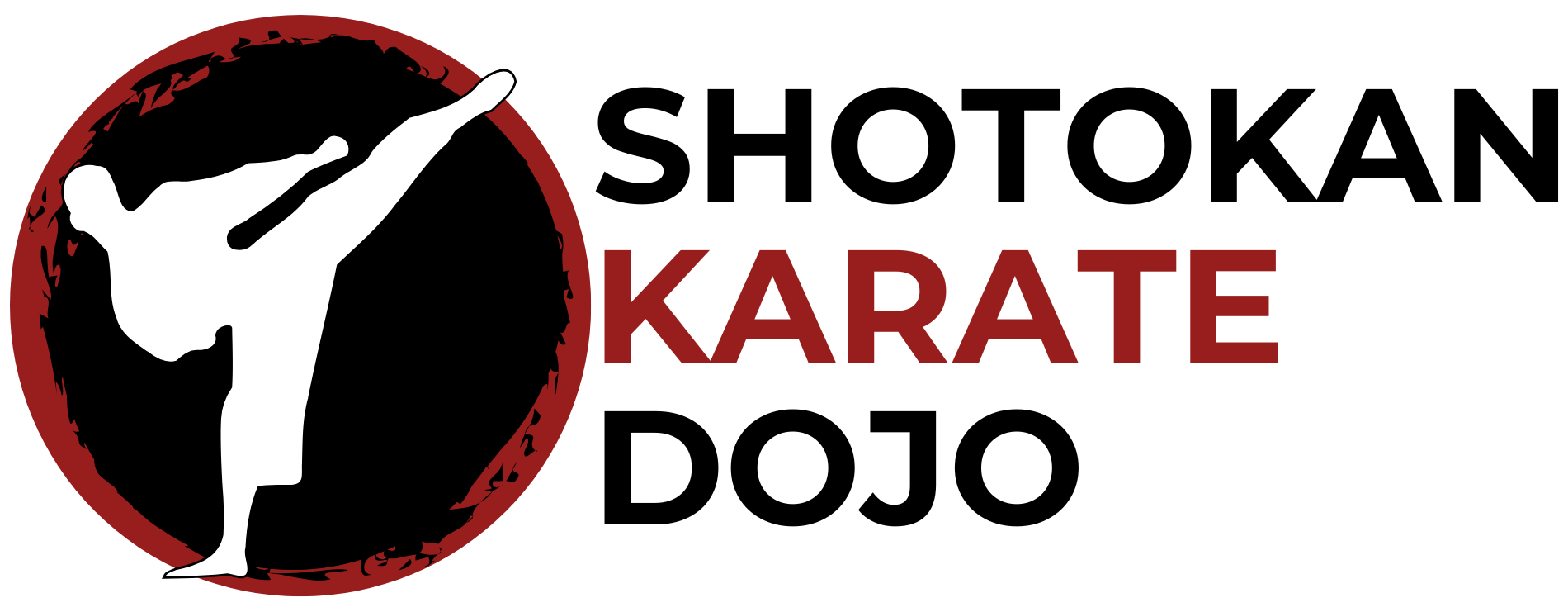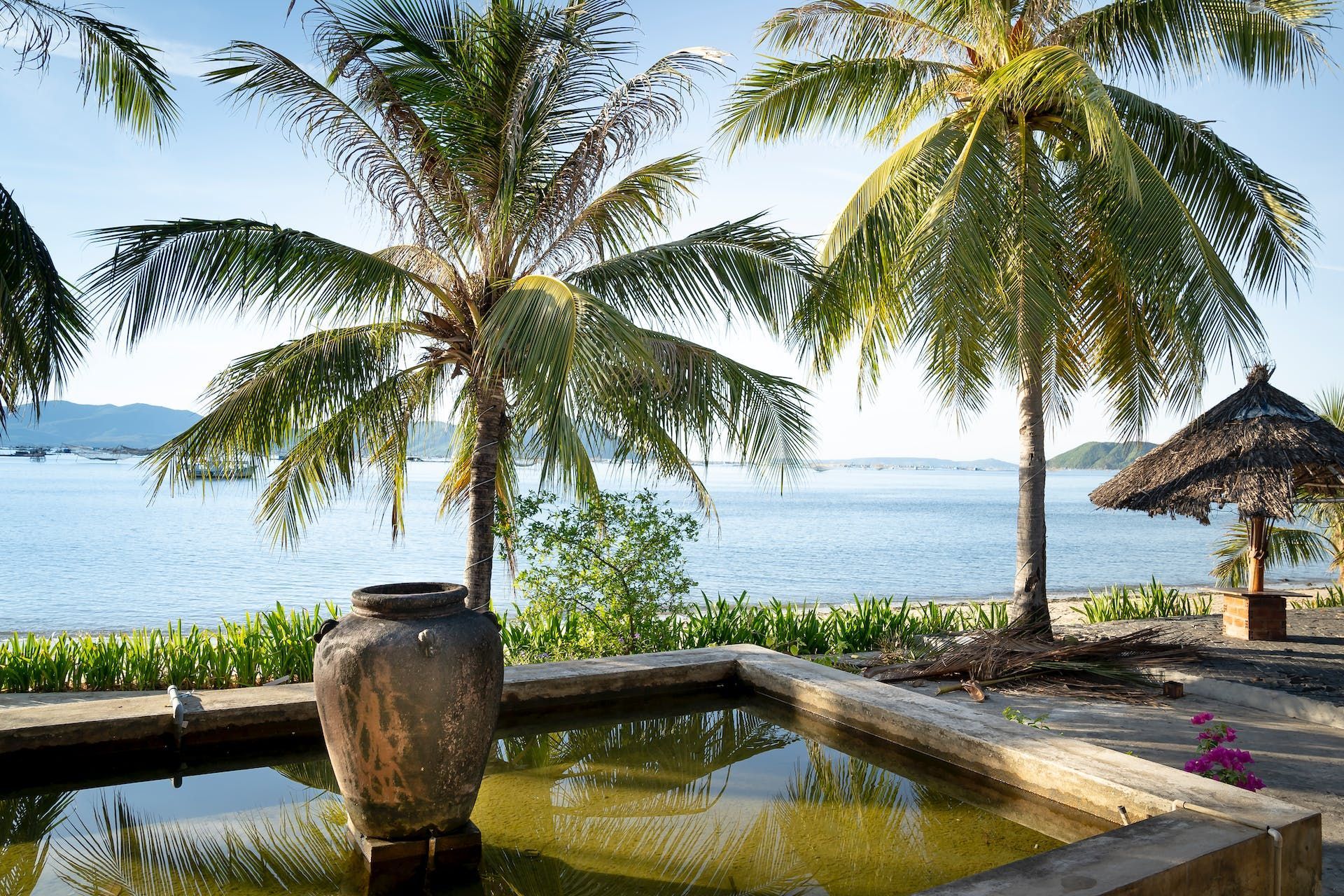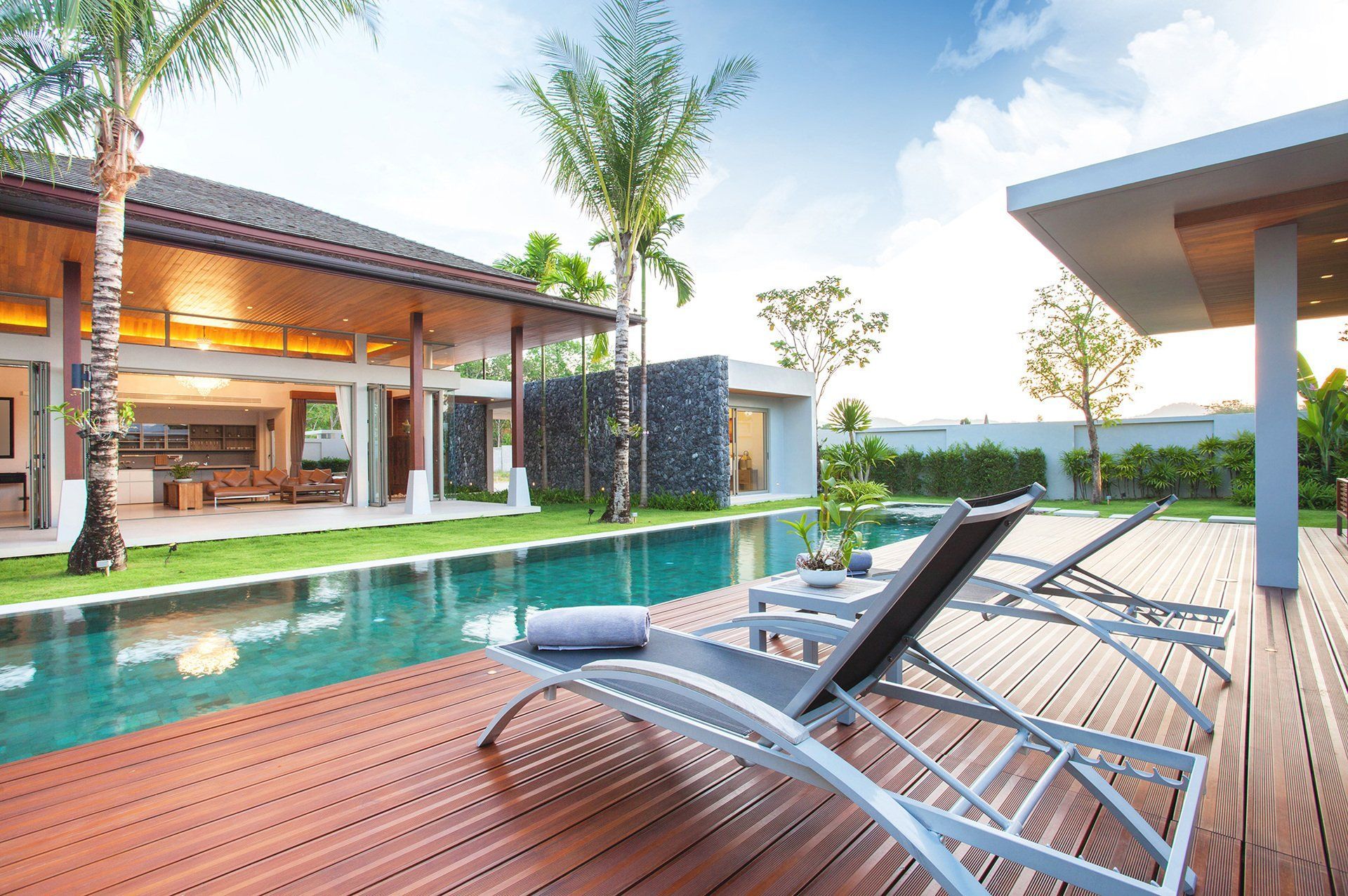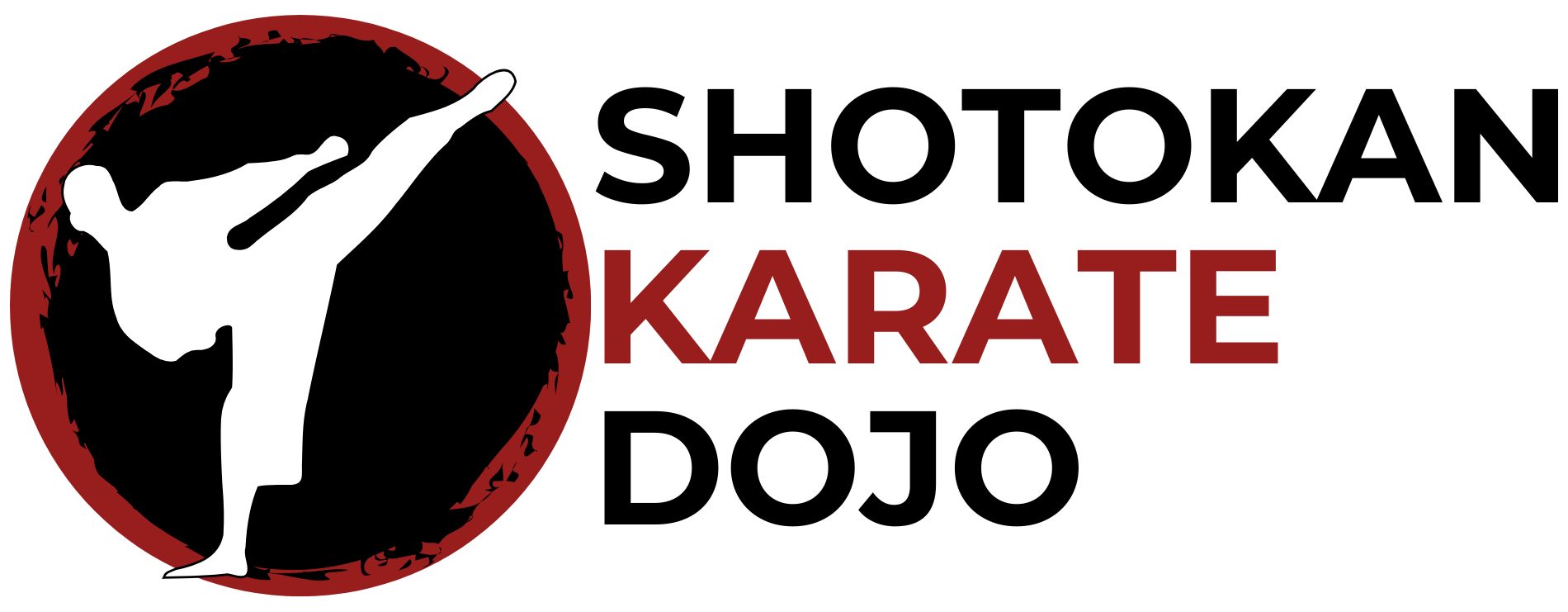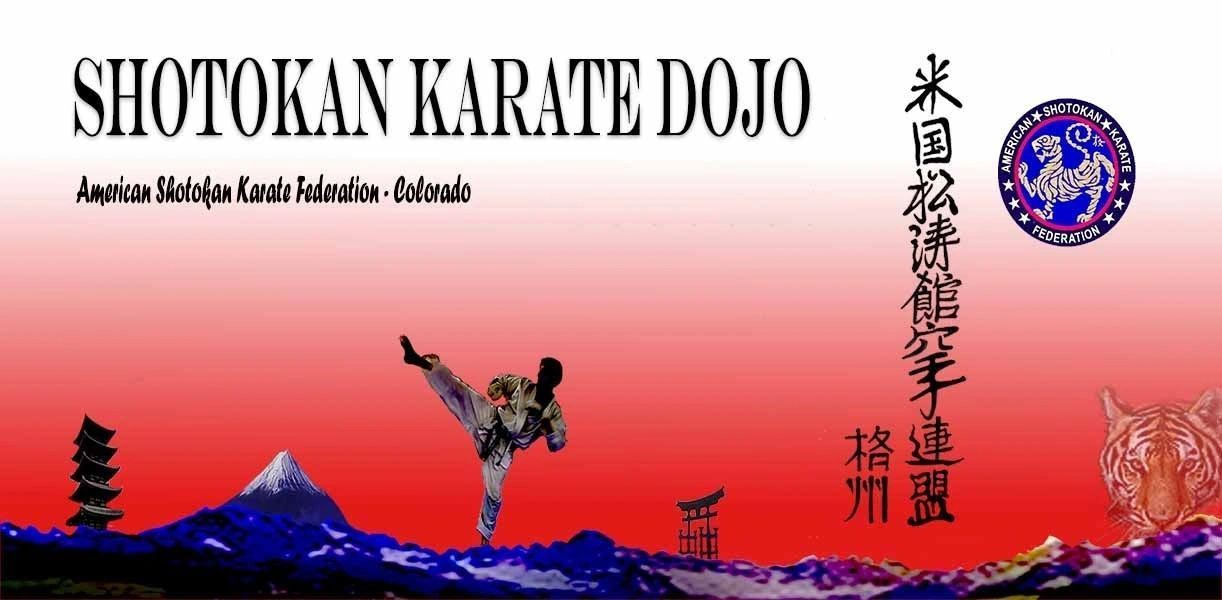
authentic karate
Shotokan Karate Dojo
Authentic Karate
The True Art of Karate-Do
What is Authentic Karate?
Karate refers to the traditional Japanese and Okinawan forms of combative art, developed over centuries into an intricate system of self-defense. Authentic karate is often misunderstood and misrepresented in modern media, with many claiming to offer karate without adhering to its deep-rooted traditions. The true origins of karate trace back to Southern India, where the art likely began, later influencing China before making its way to Okinawa. In Okinawa, it evolved into a distinct and highly effective system of defense-based tactics. As time progressed, karate was modernized in Japan, where it merged with Nippon warrior culture, eventually spreading worldwide and returning to Okinawa as "karate."
Traditional Definition of Karate-Do
The term karate-do is traditionally defined as the Japanese or Okinawan way of empty-hand combat. The practitioner of karate is called a "karate-ka", meaning a person who practices the way of karate. Today, the term “karate” has become widely recognized globally, but it has often been exploited in various contexts, leading to confusion and ambiguity. In its authentic form, karate refers to a martial art that emphasizes discipline, respect, and self-defense, not the spectacle often portrayed in popular culture.
The Evolution of Karate
While karate has become a household name, its true meaning is often diluted by associations with other combat sports like MMA, boxing, or Taekwondo. These arts, while valid in their own right, are not karate by definition. Authentic karate is grounded in traditional combat techniques and philosophy, which are often overshadowed by the broader use of the word in today's society. The roots of karate are deeply connected to its Okinawan origins, where the system was first developed. The term "karate" as a formal martial art was later defined by the Japanese, creating the distinction between the Okinawan system and the modernized Japanese style.
The Importance of Lineage in Authentic Karate
A crucial aspect of authentic karate is lineage. The art of karate cannot be truly learned in isolation or pieced together through self-teaching. The martial art has been passed down through generations by skilled senseis (masters), and the continuity of these teachings is what ensures the preservation of traditional karate. Authentic karate-do and karate-jutsu (the techniques of karate) must be transmitted from a legitimate source to maintain their integrity. This lineage is not just about physical techniques but also the philosophy, values, and rituals that are integral to the art.
At Shotokan Karate Dojo, we maintain a lineage map that details the evolution of Shotokan Karate from its Okinawan roots to the present day, preserving the traditions and teachings passed down from master to student. The continuity of authentic karate is essential to ensuring its future and maintaining the deep spiritual and practical aspects of the art.
Understanding True Mastery
Karate Ranks
In authentic karate, ranks or dan levels signify a practitioner’s expertise and experience. Achieving a high rank in karate is not about competition, but about discipline, mastery of techniques, and the ability to teach others. A true karate sensei is someone who has attained at least a 3rd-degree black belt (San Dan) and has undergone years of rigorous training.
Historically, ranks in karate only went as high as 5th Dan, with Master Gichin Funakoshi, the founder of Shotokan Karate, being a 5th Dan at the time of his passing. Funakoshi is widely regarded as the father of modern karate, and his teachings form the foundation of Shotokan Karate. It wasn’t until the establishment of the Japanese Karate Association (JKA) that higher dan levels (6th to 10th) were introduced, many of which are honorary.
10th Dan ranks are the pinnacle of karate mastery, usually reserved for 9th Dans, and sometimes 8th Dans posthumously. However, certain karate masters, such as Hirokazu Kanazawa, have been recognized with a 10th Dan by appropriate authorities within the karate community. It is important to note that rank is not just a title; it is a reflection of a karate-ka’s dedication to the art and their contributions to its preservation and propagation.
Understanding True Mastery
The Role of Karate in Modern Sports
While karate is often marketed as a sport, it is not truly a sport in the conventional sense. The sport element of karate developed in the early 20th century, particularly within the Shotokan style, and was further formalized through the work of the JKA (Japanese Karate Association). However, not all karate-ka consider competition to be a necessary component of authentic karate. Many traditionalists believe that true karate is about self-defense, personal development, and discipline, not simply competing for points or accolades.
That being said, competition sparring (kumite) has evolved, with modern WKF/USA style tournaments becoming more regulated and focused on non-contact sparring. While the excitement and spirit of karate competitions still exist, they have become safer and more refined, often straying from the hard-hitting nature that karate once represented. The traditional style of kata (forms) has also changed, with some practitioners arguing that modern versions lack the power and spirit that once defined them. However, traditional kata and kumite are still taught and practiced at Shotokan Karate Dojo, ensuring that the old ways are not forgotten.
Traditional Shotokan Karate
What Sets Us Apart
At Shotokan Karate Dojo, we are committed to preserving the true spirit of Shotokan Karate. We believe that the art of karate must evolve with the times, but we do not lose sight of its foundations. Traditional Shotokan Karate was enhanced with the help of biological and medical sciences in Japanese universities, creating a more effective and devastating system for real-world self-defense. Shotokan Karate Dojo emphasizes hard training, physical conditioning, and mental discipline, ensuring that students not only master the physical techniques but also develop the mental strength and character essential to becoming true practitioners of the art.
For us, karate is not just a physical pursuit; it is a way of life. We train with intensity, following in the footsteps of past generations of karate-ka, ensuring that the principles of karate-do are passed on to the next generation.
Join Us at Shotokan Karate Dojo
Whether you’re a beginner or an experienced practitioner, Shotokan Karate Dojo provides the perfect environment for learning and mastering authentic karate. We offer a traditional approach to Shotokan Karate, with a focus on self-defense, discipline, and character development. Join us to experience the true path of karate-do and train with some of the best instructors in the world.
